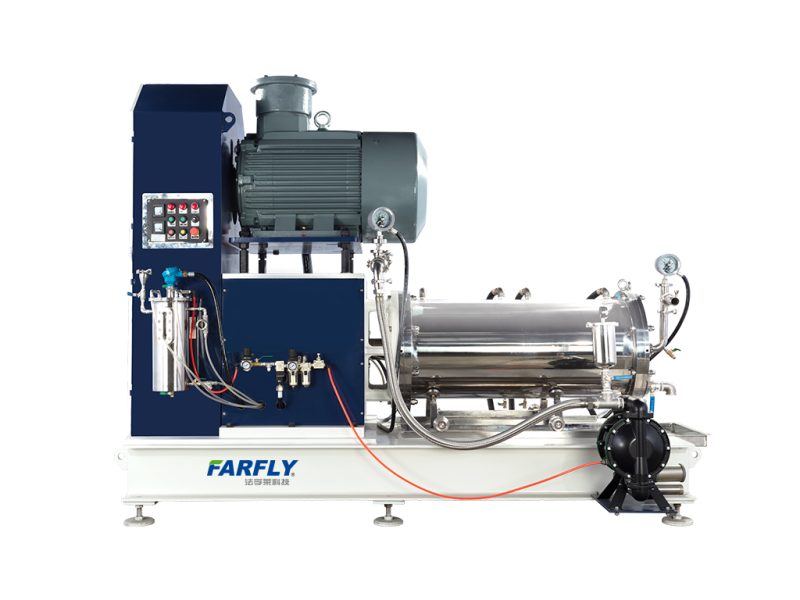
In the world of coatings, inks, and chemical processing, milling machines play a crucial role in achieving the desired particle size and dispersion quality. Among these machines, the Sand Mill stands out as one of the most versatile and efficient options for producing fine and uniform materials.
What is a Sand Mill?
A sand mill is a wet grinding machine designed to break down solid particles into much smaller ones through the process of dispersion and milling. It operates by circulating materials through a chamber filled with small grinding media such as beads or sand. The result is a highly uniform, fine dispersion that enhances the performance and appearance of end products like paints, inks, coatings, and cosmetics.
How Does a Sand Mill Work?
The machine consists of a cylindrical chamber equipped with an agitator. As the material passes through, the rotating agitator agitates the grinding media, creating strong shear forces that break the particles apart. This method ensures consistent results, energy efficiency, and high throughput, making it ideal for industries that demand precision and quality.
Comparing Sand Mills with Other Milling Equipment
While sand mills are incredibly effective for fine grinding, other types of mills are also used depending on the application. For example, a Basket Mill combines both mixing and grinding in one process, allowing for easier cleaning and material changes — perfect for smaller production runs or laboratory testing.
Similarly, a Triple Roll Mill uses three horizontally positioned rollers to grind and refine materials. It’s especially suitable for high-viscosity substances like offset inks, electronic pastes, and cosmetic formulations that require smooth consistency and precise control.
Applications of Sand Mill
Sand mills are widely used across multiple industries:
- Paints and Coatings: To achieve smooth texture and stable color dispersion.
- Printing Inks: For uniform pigment distribution and improved print quality.
- Pharmaceuticals and Cosmetics: For fine emulsions and high-quality suspensions.
- Chemical Processing: To produce high-grade materials with controlled particle size.
Conclusion
Whether it’s producing high-gloss paints, uniform inks, or advanced chemical dispersions, the sand mill remains a cornerstone of modern material processing. Its efficiency, consistency, and versatility make it a preferred choice for manufacturers worldwide. When compared with alternatives like basket mills and triple roll mills, each has its distinct advantage — and the selection ultimately depends on the desired output and production requirements.


